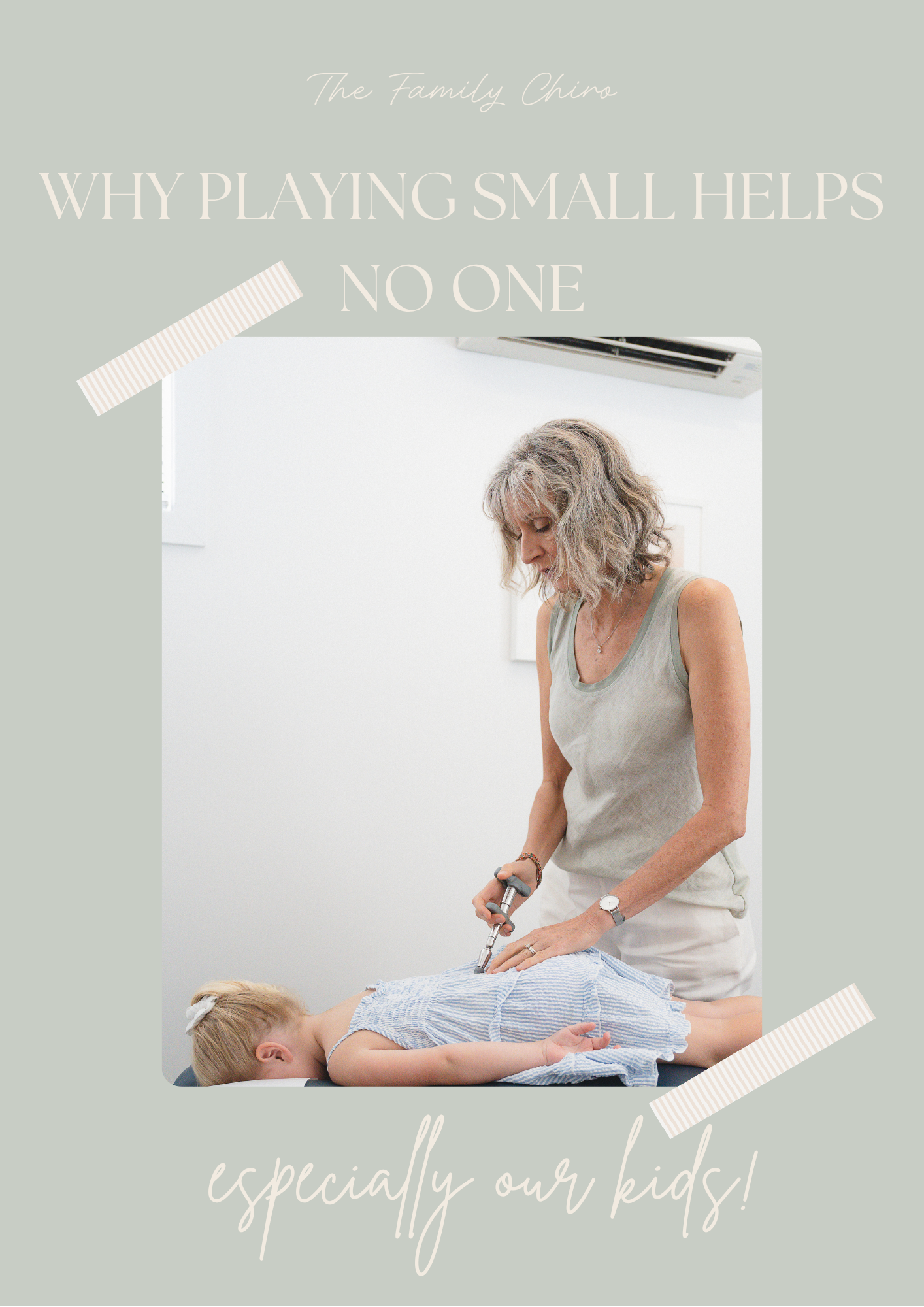BE SUN SMART FOR SUMMER
BY DR DORTE BLADT
Yippee, spring is here 😊! With the gorgeous weather and the unmentionable restrictions easing, everyone is so excited for the opportunity to play outside – on the beach, in the bush, in the garden – anywhere, as long as it is in the sun. Of course, with that lovely time outside we have to consider sun protection. Now, I know you know all about sunscreen. When, where, how much and all that. However, there are some important facts about WHAT that you may be interested to know.
A recent FDA study by Matta (1) looked at human absorption of the active ingredients in sunscreen, such as avobenzone, oxybenzone, octocrylene, homosalate, octisalate, and octinoxate. 48 healthy adults applied different types of sunscreen to 75% of their body over 4 days – once the first day and 4 times per day the other 3 days.
Results: All participants showed plasma concentrations of those various chemicals exceeding FDA safe levels by many, many percent after just one application of sunscreen. The levels increased with each day of subsequent use. The chemicals were still detected on the skin and in the blood 21 days after application.
The study reiterated that there is no data in the literature on the effects to humans of exposure to these active ingredients in sunscreen. However, there is no scientific data showing the safety of the ingredients with regards to cancer and developmental and reproductive health, either. Many of the chemicals were on the market before FDA started researching the safety of chemicals and the sunscreen ones were grandfathered on to the safe list.
There are studies showing that octinoxate and oxybenzone have been detected in human breast milk. Oxybenzone and homosalate have been questioned in the literature for their role in endocrine activity. Oxybenzone has been linked to lower testosterone levels in adolescents, poor sperm quality in males and endometriosis in females (2). Interestingly, many holiday destinations are banning these sunscreens due to their damaging effects on sea life (3).
Matta’s study was done on adults. It is worth remembering that children have comparatively larger skin surface, faster metabolism and larger brains relative to body size. If there is a potential issue with these chemicals, our children are much more at risk.
Based on this and other studies, the FDA updated its classification of sunscreen ingredients in February 2019 (4). They stated that there was lack of evidence to designate 12 out the 16 sunscreen active ingredients as ‘generally recognized as safe and effective’ (GRASE). These 12 ingredients include oxybenzone, octinoxate, octisalate, octocrylene, homosalate and avobenzone.
The only two sunscreen ingredients that can be said to be safe and effective are zinc oxide and titanium dioxide. Unfortunately for us these are mineral compounds which create a physical barrier on the skin, reflecting the UV rays away. These sunscreens are harder to apply, leave an opaque sticky film on the skin and are a pain to wash off. However, this may be a small price to pay for playing safe in the sun this summer.
1 – ‘Effect of Sunscreen Application on Plasma Concentration of Sunscreen Active Ingredients A Randomized Clinical Trial’ Murali K. Matta, JAMA. 2020;323(3):256-267. doi:10.1001/jama.2019.20747
2 – https://www.ewg.org/sunscreen/report/the-trouble-with-sunscreen-chemicals/
3 – https://phys.org/news/2019-03-beaches-sunscreens-coral-reefs.html
4 – https://www.fda.gov/media/124654/download
DISCOVER MORE
















